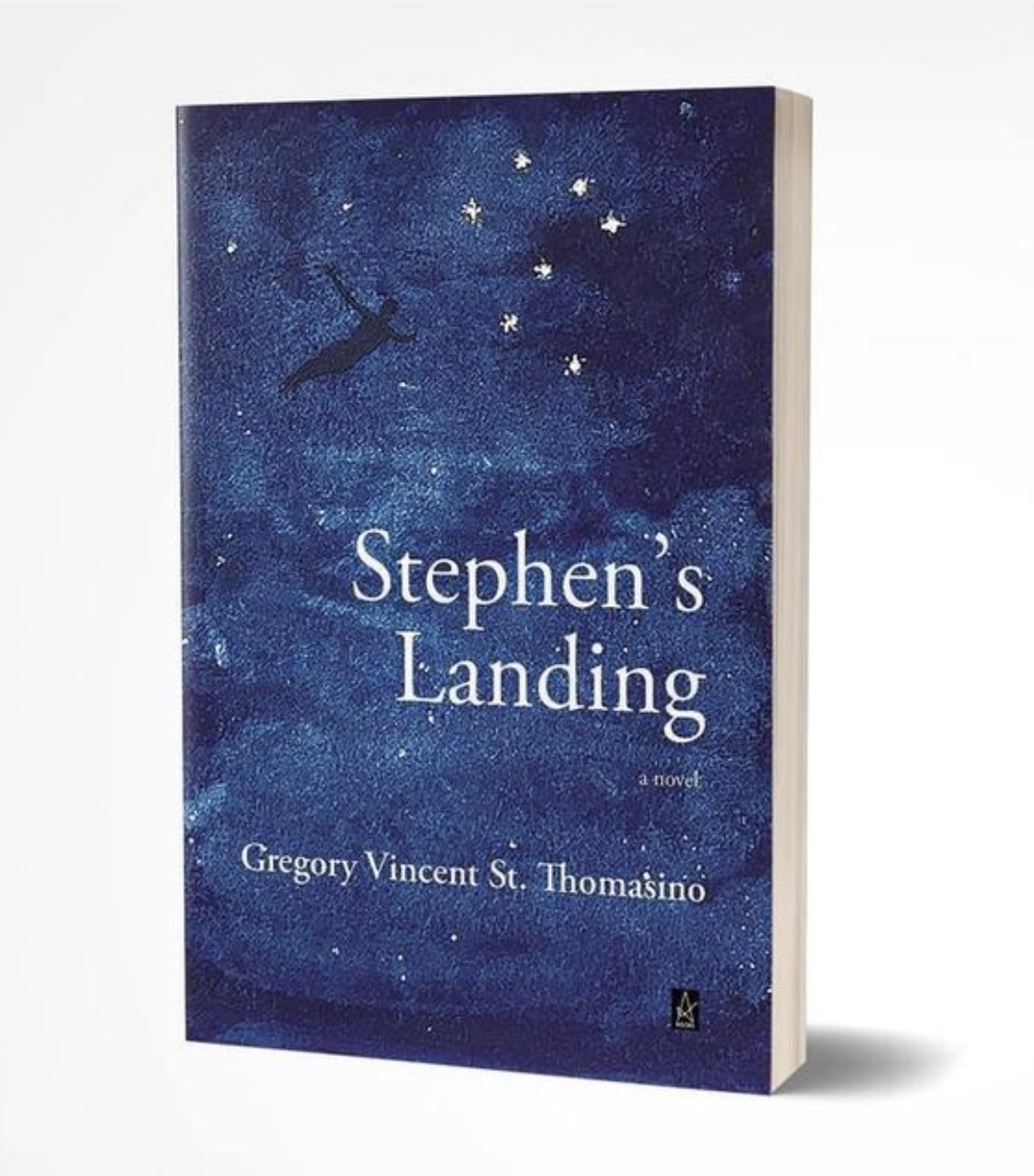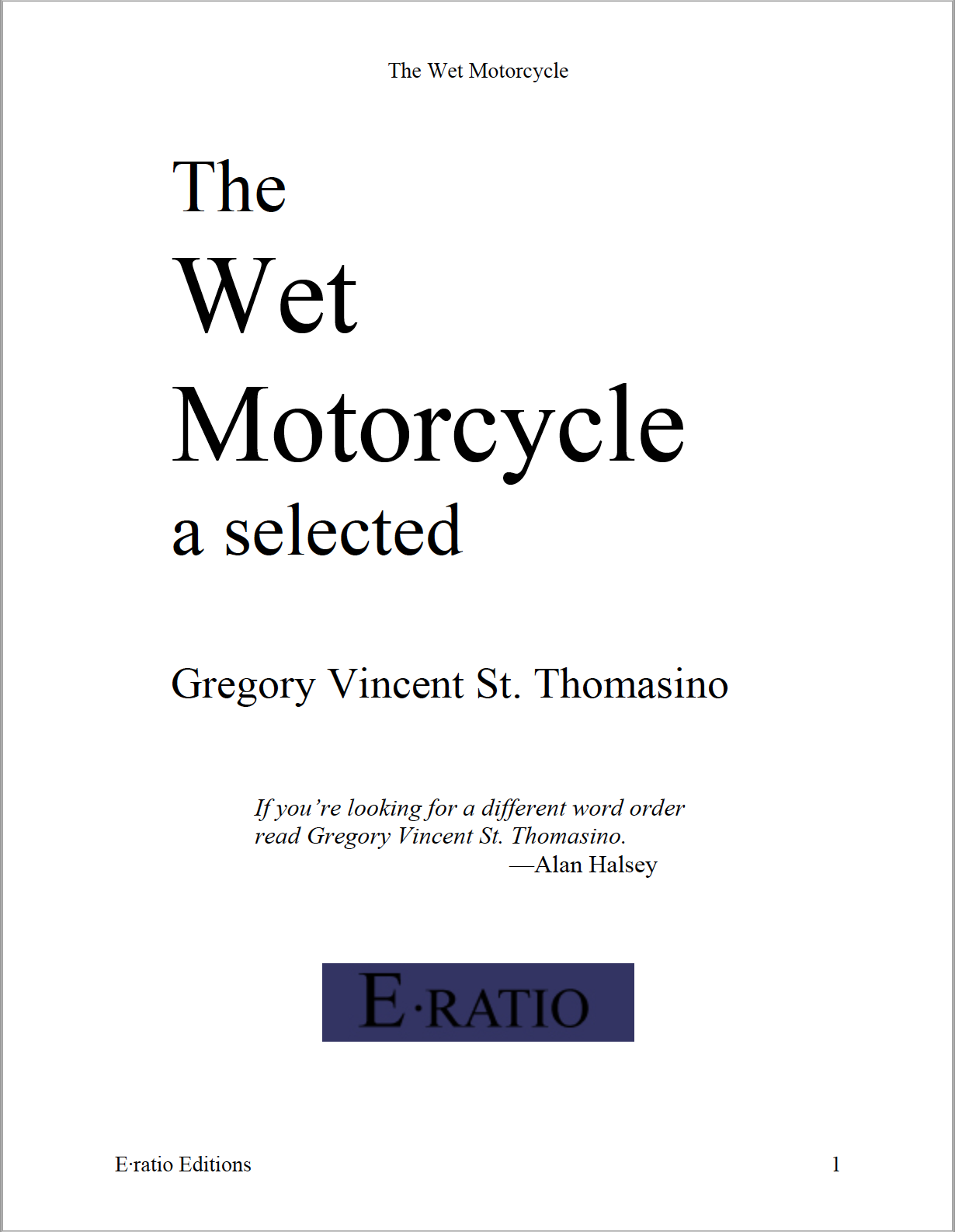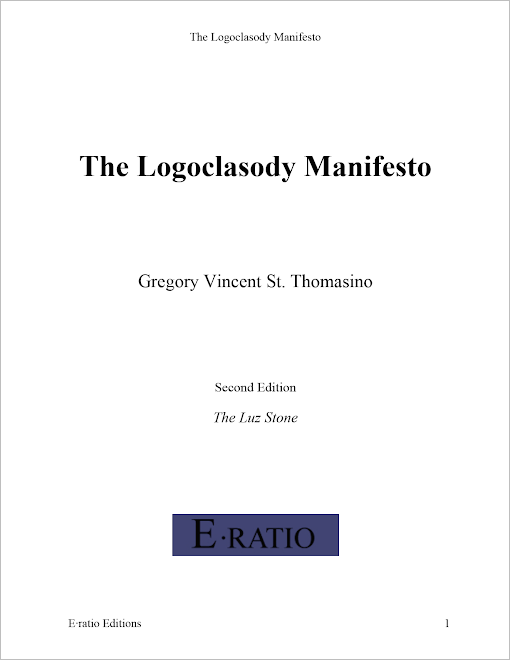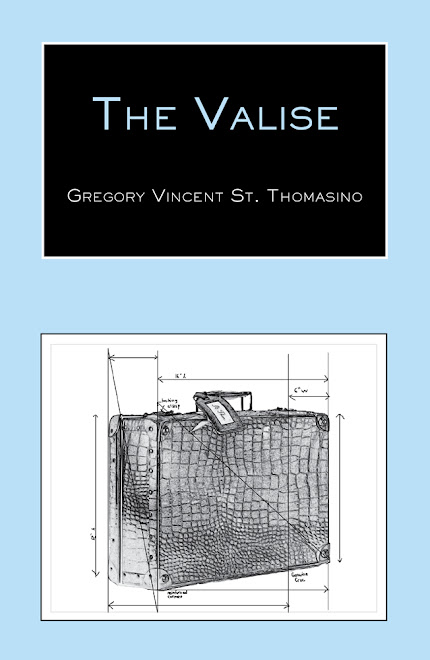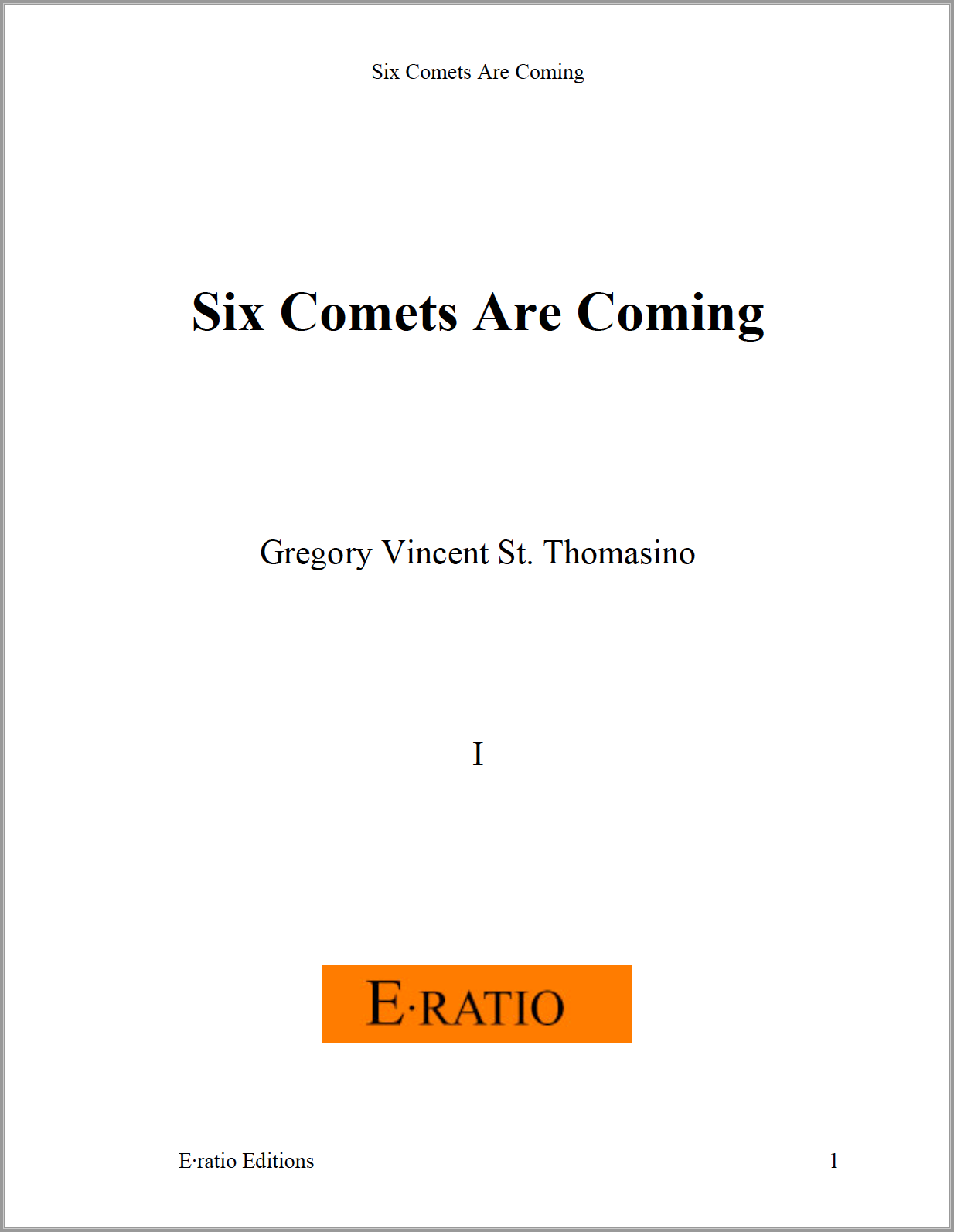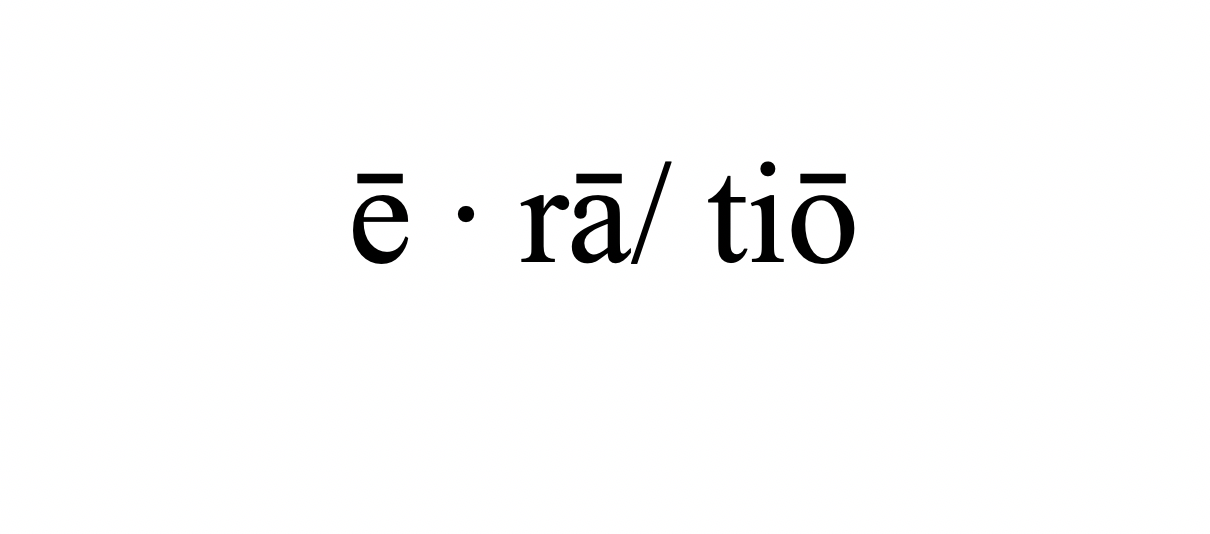Saturday, December 31, 2011
E·ratio's reading period for issue 15 is in full swing. If you're awaiting a response, please know you'll have one very soon. Meanwhile the issue is in production and we're expecting to go online sometime January 2012. It is the policy at E·ratio to continue reading submissions, and making acceptances, right up until publication time.
The number of submissions at E·ratio has been enormous, and, consequently, so has the work load, and so for the first time I have taken on two contributing editors to help shape future issues. Joining me at E·ratio are Joseph F. Keppler, sculptor, poet and theorist out of Seattle, WA, and Lauren Marie Cappello, poet out of New Orleans, LA.
If you are still awaiting a response to your submission, or you are awaiting your proofs, I apologize for the delay, and I thank you for your patience.
Issue 15 will be the biggest issue yet.
e·
Wednesday, December 21, 2011
Sunday, October 16, 2011
Foreword by Jack Foley
Foreword by Carey Scott Wilkerson
A Parson, A Prior, A Parlour
Tender Telemetry
Self-Portrait with Bandaged Ear
Catching Up
The Valise
Crossing Legs
Banjo
Jubilee
Mercury
Sills
Aver
The Archaeology of Palestine
Rummy
Warrens
Conklintown Road
Barker
Clapping Hands (Portrait of Beth Weisser)
Labor Day
The Crocodile
Sailcloth
Janes
January 2012
Wednesday, September 21, 2011
Congratulations to Mark Young whose poem, “A line from Paracelsus,” which appeared in E·ratio 14, was selected by John Tranter for The Best Australian Poems 2011.
Congratulations, Mark Young!
e·
Friday, August 05, 2011
“all that is not you. I”
Notes after from IDYLLS & RUSHES by Susana Gardner (Dusie Kollektiv, spring 2011).
The book begins (?) with a quote from the writer Colette,
To write is the joy and the torment of the idle. Oh to write!
The binding (stapled, hand-made, folded pages, 3.75” x 3.75”) is covered by a remnant of text from the short novel, The Vagabond, also by Colette. The chap slips into a slip-case made from (read: recycled) a heavy-gauge page from a. . . . *
(This sounds like an autopsy. ORIGIN mid 17th cent. (in the sense [personal observation] ): from French autopsie or modern Latin autopsia, from Greek, from autoptēs ‘eyewitness,’ from autos ‘self’ + optos ‘seen.’)
“Kollektiv.” Modes of production and distribution. This chap is about a mode of production and distribution. Is this economics or poetics? What is my relation to this “chap”? Every “poem” is entitled, “(one).”
(one)
Freedom others bitter tonic
subtle certainties proof reflection
idiosyncratic looking-glass woman
among nuances class
rhythmical language, thought
(one)
Fate, keep away conquest
bouquet deference silent their
letters-physical, urgent,
brutal. Awkward
my garrulous love, idylls& rushes.
What is my relation to this poetry? Poetry depends, for its continued vitality and for its downright existence, upon the avoidance of definition.
* This reminds me of Janson’s. In Janson’s, names with the abbreviation “St.” are indexed/alphabetized under “saint,” as though they were spelled out. I appreciate that.
e·
Notes after from IDYLLS & RUSHES by Susana Gardner (Dusie Kollektiv, spring 2011).
The book begins (?) with a quote from the writer Colette,
To write is the joy and the torment of the idle. Oh to write!
The binding (stapled, hand-made, folded pages, 3.75” x 3.75”) is covered by a remnant of text from the short novel, The Vagabond, also by Colette. The chap slips into a slip-case made from (read: recycled) a heavy-gauge page from a. . . . *
(This sounds like an autopsy. ORIGIN mid 17th cent. (in the sense [personal observation] ): from French autopsie or modern Latin autopsia, from Greek, from autoptēs ‘eyewitness,’ from autos ‘self’ + optos ‘seen.’)
“Kollektiv.” Modes of production and distribution. This chap is about a mode of production and distribution. Is this economics or poetics? What is my relation to this “chap”? Every “poem” is entitled, “(one).”
(one)
Freedom others bitter tonic
subtle certainties proof reflection
idiosyncratic looking-glass woman
among nuances class
rhythmical language, thought
(one)
Fate, keep away conquest
bouquet deference silent their
letters-physical, urgent,
brutal. Awkward
my garrulous love, idylls& rushes.
What is my relation to this poetry? Poetry depends, for its continued vitality and for its downright existence, upon the avoidance of definition.
* This reminds me of Janson’s. In Janson’s, names with the abbreviation “St.” are indexed/alphabetized under “saint,” as though they were spelled out. I appreciate that.
e·
Wednesday, August 03, 2011
I am reading Around the Outsider: Essays presented to Colin Wilson on the occasion of his 80th birthday edited by Colin Stanley and published by O-Books.
Read my review of the documentary Strange is Normal: The Amazing Life of Colin Wilson.
e·
Monday, August 01, 2011
Happy to have been able to make it over to the first annual New York Poetry Festival yesterday, which was held on Governors Island. Can you spot the poet in this photograph?
e·
Saturday, July 16, 2011
“Hungarian Masterpiece, Summer, 2011” by Márton Koppány. Thanks, Márton!
Márton Koppány is the author of Waves an E·ratio Editions E·Chap.
Tuesday, June 21, 2011
Thursday, June 16, 2011
Wednesday, June 01, 2011
Most unusual and beautiful, Brenda Clews has curated Festival of the Trees at her website, Rubies in Crystal.
e·
e·
Monday, May 23, 2011
Drive By (2009, 14 x 18", oil on linen)
SUSAN BEE
RECALCULATING: New Paintings
A·I·R Gallery 111 Front Street #228, BKLYN NY 11201
May 25 – June 19, 2011
Opening Reception: Thursday, May 26, 6 – 8pm
Gallery Hours: Wed. – Sun., 11am to 6pm
Susan Bee Website.
Digital preview: thirty-seven new paintings online.
A·I·R Gallery.
“Many of the works in this show are based on movie stills, particularly film noirs. These mostly small oil paintings dramatize the relationships between male and female characters through the lens of the dark, violent films of the 1940s and 1950s. The paintings use a flattened and abstracted picture plane, as a starting point for uncanny narrative and figurative overlays that engage psychic dislocation, trauma, and incongruous mystical and religious iconography. These new works figure complex, sensual, dramatic tension, along with strong emotions, in an interwoven whole. The paintings confront, without resolving or sublimating, gender roles and power relationships. Bee’s focus is on the marked visual constellations that underlie key popular culture stereotypes.” —From the press release.
e·
Monday, May 16, 2011
I’m reading Elise Stewarts’s books Paradise and Opium Valentines.
These are works of ancient formulae. The Ficinian theurgy — the theory of love as a form of natural magic, enough to produce intersubjective erotic phantasms loaded with the emotion of passion. And thus her reader becomes her prey.
Elise Stewart is a specialist in the poetry of transitive affection. Her books are published by Masque Publishing.
“Opium Valentines”
Night-time is the dancer,
my opium valentines, around
who’s shrouded mist I wander,
tempted by the gentle orb of
candle-light upon my dark-lit walls.
Yes —
the twilight hours, come not
soon enough —
with the sip of deep red vine,
to forbade this thirsting mouth.
To permit these eyes to audience
each mythical scene — unveiled.
Captivated, I must engage this
prophecy, drink the maddened
eye of pleasure, until the head,
heavy with delirium, sinks into
the sedative of sleep.
Until enslaved — I succumb to the
yearning depths of night,
and into the lure of dreams
— must fall.
e·
These are works of ancient formulae. The Ficinian theurgy — the theory of love as a form of natural magic, enough to produce intersubjective erotic phantasms loaded with the emotion of passion. And thus her reader becomes her prey.
Elise Stewart is a specialist in the poetry of transitive affection. Her books are published by Masque Publishing.
“Opium Valentines”
Night-time is the dancer,
my opium valentines, around
who’s shrouded mist I wander,
tempted by the gentle orb of
candle-light upon my dark-lit walls.
Yes —
the twilight hours, come not
soon enough —
with the sip of deep red vine,
to forbade this thirsting mouth.
To permit these eyes to audience
each mythical scene — unveiled.
Captivated, I must engage this
prophecy, drink the maddened
eye of pleasure, until the head,
heavy with delirium, sinks into
the sedative of sleep.
Until enslaved — I succumb to the
yearning depths of night,
and into the lure of dreams
— must fall.
e·
Sunday, May 01, 2011
The English poet Elise Stewart.
“Conceptus” a video poem by Elise Stewart & Gregory Vincent St. Thomasino
Including excerpts from the poetry of Elise Stewart and Gregory Vincent St. Thomasino
Vocals, music and video by Elise Stewart
e·
Tuesday, April 05, 2011
e·ratio editions is celebrating National Poetry Month with Beginning to End by Alan Halsey
Beginning to End and other alphabet poems by Alan Halsey. Poems and poetic sequences. With art by Alan Halsey.
Alan Halsey is the author of Marginalien and Lives of the Poets (both Five Seasons Press), Not Everything Remotely — Selected Poems 1978-2004 (Salt) and Term as in Aftermath (Ahadada).
E·ratio Editions
read the Alan Halsey interview
also available from e·ratio editions:
#11. Paul de Man and the Cornell Demaniacs by Jack Foley. Essay, recollection. “I studied with de Man in the early 1960s at Cornell University. The de Man of that time was different from the de Man you are aware of. . . . Despite his interest in Heidegger, the central issue for the de Man of this period was ‘inwardness’ — what he called, citing Rousseau, ‘conscience de soi,’ self consciousness.”
#10. The Galloping Man and five other poems by Gregory Vincent St. Thomasino. “ . . . how does / a body know, here is a hand, and here, is a sentence / or, / what’s riding on hearts . . . ”
.pdf (free)
e·
Tuesday, March 22, 2011
Thursday, March 17, 2011
Thursday, March 03, 2011
Monday, February 21, 2011
Rhythm of Structure: Mathematics, Art and Poetic Reflections:
The Summary Exhibition
February 25, 2011 — April 2, 2011 at the Selby Gallery.
Opening: Friday, February 25, 2011, 5:00PM to 7:00PM
The Selby Gallery is located on the Ringling College of Art and Design campus, one-half block east of 2700 N. Tamiami Trail on Dr. Martin Luther King, Jr. Way in Sarasota.
e·
The Summary Exhibition
February 25, 2011 — April 2, 2011 at the Selby Gallery.
Opening: Friday, February 25, 2011, 5:00PM to 7:00PM
The Selby Gallery is located on the Ringling College of Art and Design campus, one-half block east of 2700 N. Tamiami Trail on Dr. Martin Luther King, Jr. Way in Sarasota.
e·
Wednesday, February 02, 2011
Edward Gorey’s cover for The New York Review Quiz Book by the New York Review of Books (no names of editors are listed). Wanna try a couple? Okay, here goes: 1: What is the connection between “Daffy Duck in Hollywood,” “Houseboat Days,” and “Unctuous Platitudes”? 2: When a young man who had recently returned home from Paris recalled that he owed some money to G.W. Russell, who might have summed it up as black, white, red, green, and blue?
Want another one? Okay, but this one is not from the Quiz Book, I’m making it up special for you: Who was poetry editor of The Paris Review when Charles Bernstein’s Language Sampler appeared (in issue number 86, in 1982)?
e·
Tuesday, January 18, 2011
Edward Gorey’s covers for You Can’t Go Home Again and The Web and the Rock by Thomas Wolfe.
She was always using the word “fancy,” and it was evident that about the worst comment she could make on anyone was to call him “fancy.” Yet, remembering now things she had said to him on the ship, and always with this same straight, open, and utterly convincing look of sincerity—that she thought a play by James Joyce, Exiles, was “the greatest play that had ever been written,” and knowing that this play was nothing but a fancy and obscure little play, and not in any way to be compared with Ulysses; and having heard her talk of D. H. Lawrence almost in the manner of a cult-adept, as if Lawrence had not only given men fine books and moving characters but was himself a second Jesus Christ offering us the way to life and everlasting truth; and having heard her say that she had been “psychoanalyzed,” and speak of psychoanalysis as the greatest truth that men had ever discovered, and the sudden means of healing all the fury, unrest, and madness that had afflicted the souls of men for twenty thousand years—having heard all this, together with her comments on African sculptures, primitive paintings, Charlie Chaplin as a supremely great tragic artist, the modern dance, and all the other identifying paraphernalia with which the lives of sophisticated people were tricked out, and which, beneath its show of liberalness and alertness to new forms of art and life, was really itself nothing but a sterile, monotonous, and lifeless form of dutiful consent for people who had no power to make a new life for themselves, and whose greatest impulse was to keep in the swim—having already seen and observed in her all these disquieting signs of a familiar cult, he now wondered, in the distress and perplexity of his spirit, whether she was really an immensely competent “fancy” person pretending to be simple, or the simple, direct, and honest person that she seemed to be, who hated what was “fancy.”
— Thomas Wolfe, The Web and the Rock, p.373.
e·
Wednesday, January 12, 2011
Edward Gorey’s cover for An Elizabethan Song Book, edited by Noah Greenberg, W.H. Auden and Chester Kallman. Notice Gorey’s initials, to the right of the sheet music.
Fire, fire, fire, fire,
There is no hell to my desire:
See all the Rivers backward flye,
And th’Ocean doth his waves deny,
For feare my heate should drink them dry.
Come heav’nly showres then pouring downe;
Come you that once the world did drowne:
Some then you spar’d, but now save all,
That else must burne, and with mee fall.
— Thomas Campian
e·
Tuesday, January 11, 2011
“Symbols are only the vehicles of communication; they must not be mistaken for the final term, the tenor, of their reference. No matter how attractive or impressive they may seem, they remain but convenient means, accommodated to the understanding. . . . Mistaking a vehicle for its tenor may lead to the spilling not only of valueless ink, but of valuable blood.”
— Joseph Campbell, The Hero with a Thousand Faces, p. 236.
e·
— Joseph Campbell, The Hero with a Thousand Faces, p. 236.
e·
Monday, January 03, 2011
a noun sing e·ratio 14 · 2011
with poetry and such by
Alan Halsey, Carey Scott Wilkerson, Keith Higginbotham, Simon Dutton, Anne Blonstein, Mark DuCharme, J. Crouse, Paul Siegell, Joseph F. Keppler, Richard Kostelanetz, David Rushmer, Stephen Emmerson, Dylan Harris, Joel Chace, Marcia Arrieta, Kat Dixon, Iris Orpi, Jasmine Dreame Wagner, Amanda Laughtland, Ben Nardolilli, Teresa K. Miller, A.J. Huffman, J. Michael Wahlgren, Emily Jern-Miller, Philip Byron Oakes, Stephen Nelson, Travis Macdonald, Travis Cebula, Francis Raven, Dawn Pendergast, Eric Hoffman, Mark Young, José Luis Gutiérrez, Ric Carfagna, Hugh Tribbey and Márton Koppány
and featuring Paul de Man and the Cornell Demaniacs, an e·ratio editions e·chap essay in recollection by Jack Foley
edited for real by Gregory Vincent St. Thomasino
e·
Subscribe to:
Posts (Atom)




























